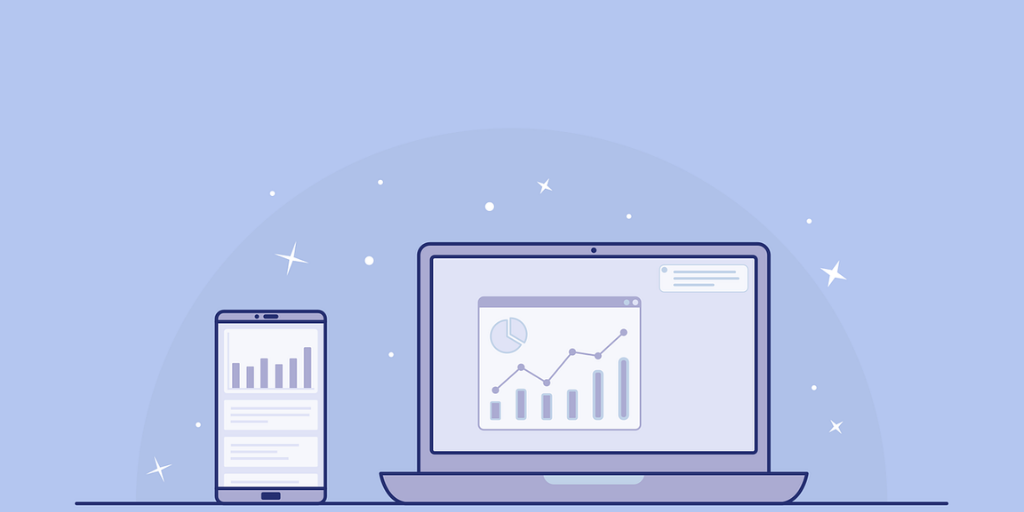
A few years ago, I left my job on the research team at the Oregon Community Foundation and started working as an independent evaluation consultant. No longer constrained by the data analysis software choices made by others, I was free to use whatever tool I wanted. As an independent consultant, I couldn’t afford proprietary software such as SPSS, so I used Excel. But the limits of Excel quickly became apparent, and I went in search of other options.
I had heard of R, but it was sort of a black box in my mind. I knew it was a tool for data analysis and visualization, but I had no idea how to use it. I had never coded before, and the prospect of learning was daunting. But my desire to find a new tool was strong enough that I decided to take up the challenge of learning R.
My journey to successfully using R was rocky and circuitous. I would start many projects in R before finding I couldn’t do something, and I would have to slink back to Excel. Eventually, though, it clicked, and I finally felt comfortable using R for all of my work.
The more I used R, the more I came to appreciate its power.
- The code that had caused me such trouble when I was learning became second nature. And I could reuse code in multiple projects, so my workflow became more efficient.
- The data visualizations I made in R were far better and more varied than anything I had produced in Excel.
- The most fundamental shift in my work, though, has come from using RMarkdown. This tool enables me to go from data import to final report in R, avoiding the dance across, say, SPSS (for analyzing data), Excel (for visualizing data), and Word (for reporting). And when I receive new data, I can simply rerun my code, automatically generating my report.
In 2019, I started R for the Rest of Us to help evaluators and others learn to embrace the power of R. Through online courses, workshops, coaching, and custom training for organizations, I’ve helped many people transition to R.
I’m delighted to share some videos here that show you a bit more about what R is and why you might consider learning it. You’ll learn about what importing data into R looks like and how you can use a few lines of code to analyze your data, and you’ll see how you can do this all in RMarkdown. The videos should give you a good sense of what working in R looks like and help you decide if it makes sense for you to learn it.
I always tell people considering R that it is challenging to learn. But I also tell them that the time and energy you invest in learning R is very much worth it in the end. Learning R will not only improve the quality of your data analysis, data visualization, and workflow, but also ensure that you have access to this powerful tool forever—because, oh, did I mention that R is free? Learning R is an investment in your current self and your future self. What could be better than that?

Except where noted, all content on this website is licensed under a Creative Commons Attribution-NonCommercial-ShareAlike 4.0 International License.





 EvaluATE is supported by the National Science Foundation under grant number 2332143. Any opinions, findings, and conclusions or recommendations expressed on this site are those of the authors and do not necessarily reflect the views of the National Science Foundation.
EvaluATE is supported by the National Science Foundation under grant number 2332143. Any opinions, findings, and conclusions or recommendations expressed on this site are those of the authors and do not necessarily reflect the views of the National Science Foundation.